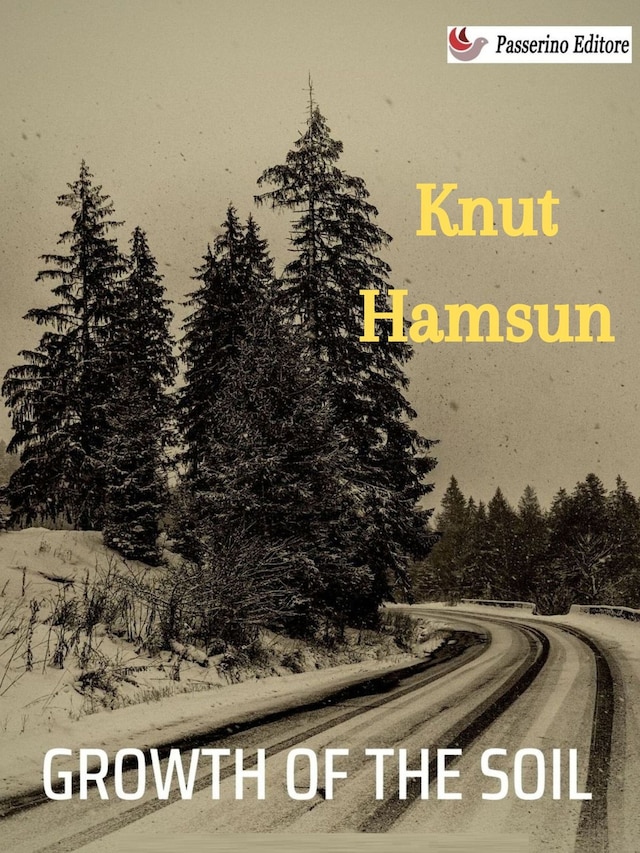
Growth of the Soil
Description of the book
Growth of the Soil is a novel written by Norwegian author Knut Hamsun, which was first published in 1917. The book tells the story of Isak, a Norwegian peasant who settles in rural northern Norway and works to cultivate a farm and raise a family. The novel explores themes of human relationships with nature, the struggle for survival in a harsh environment, and the tension between tradition and progress.
The novel is considered a classic of Norwegian literature and has been translated into many languages. It won the Nobel Prize in Literature in 1920, with the Swedish Academy noting that it "describes the simple life of the country folk and their relationship to the soil, toiling with primitive methods to extract a bare subsistence from the earth, but with an indomitable spirit of independence and self-reliance."
The book is known for its lyrical prose and vivid descriptions of the Norwegian landscape and way of life.
Translated by W. W. Worster.
Knut Hamsun (1859-1952) was a Norwegian author, considered one of the most influential and innovative writers of the 20th century. He was born in Lom, Norway, and worked as a teacher, sailor, and fisherman before starting his writing career.
Hamsun's first novel, "Hunger," was published in 1890 and is widely regarded as a masterpiece of psychological fiction. The novel tells the story of a struggling young writer in Oslo who becomes increasingly delusional as he suffers from starvation.
Hamsun went on to write many more novels, including "Mysteries" (1892), "Pan" (1894), "Victoria" (1898), and "Growth of the Soil" (1917). His writing often explores themes of identity, desire, and the human condition.
Despite his literary success, Hamsun was a controversial figure due to his political views. He was a strong supporter of the Nazi party during World War II and wrote several letters to Adolf Hitler, for which he was briefly imprisoned and later heavily criticized. However, his contributions to Norwegian literature have remained influential and his works continue to be read and studied today.
 Knut Hamsun
Knut Hamsun 427 Pages
427 PagesFormat:
Language:
English